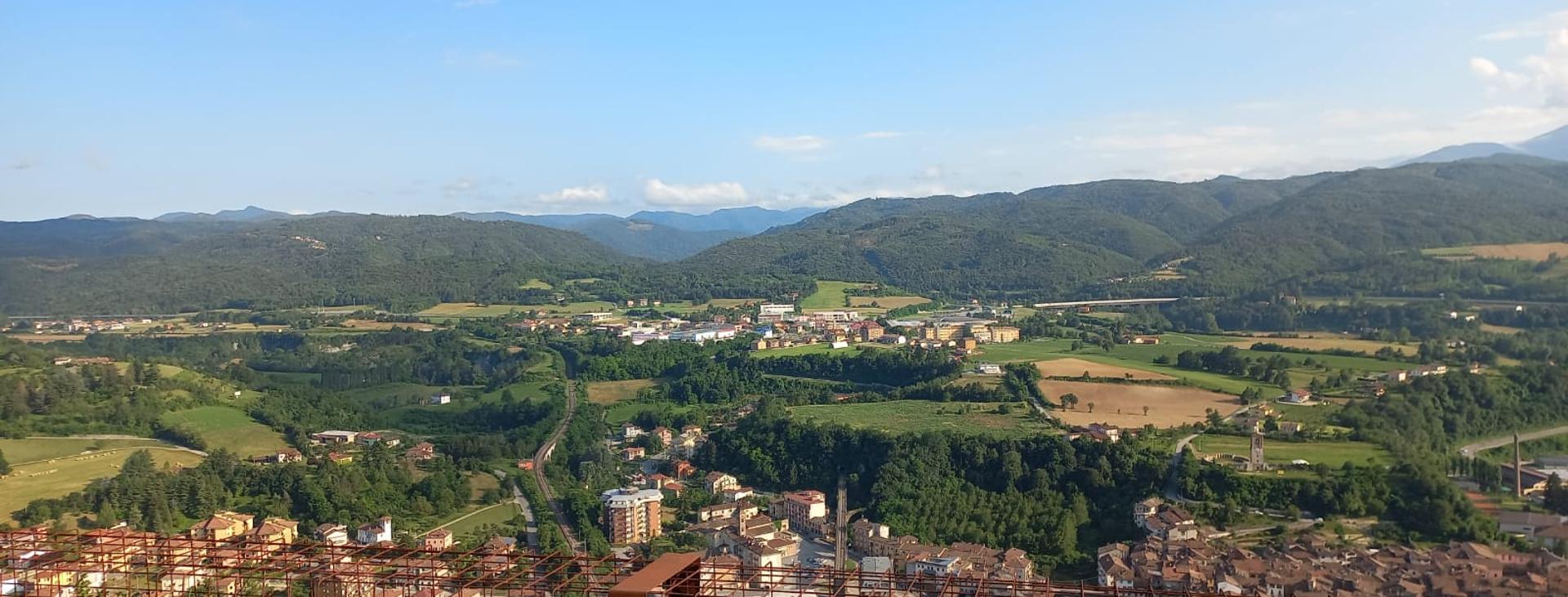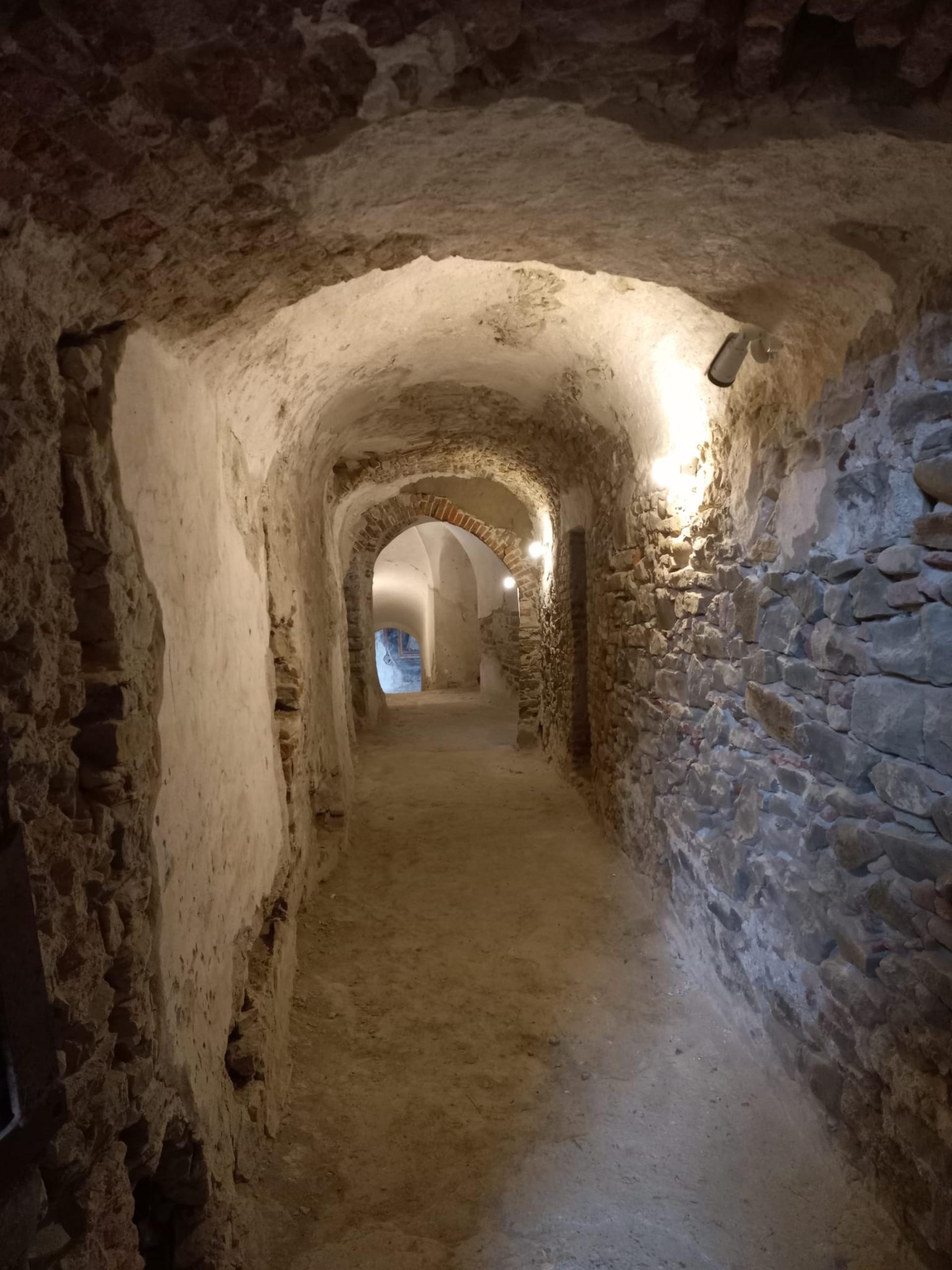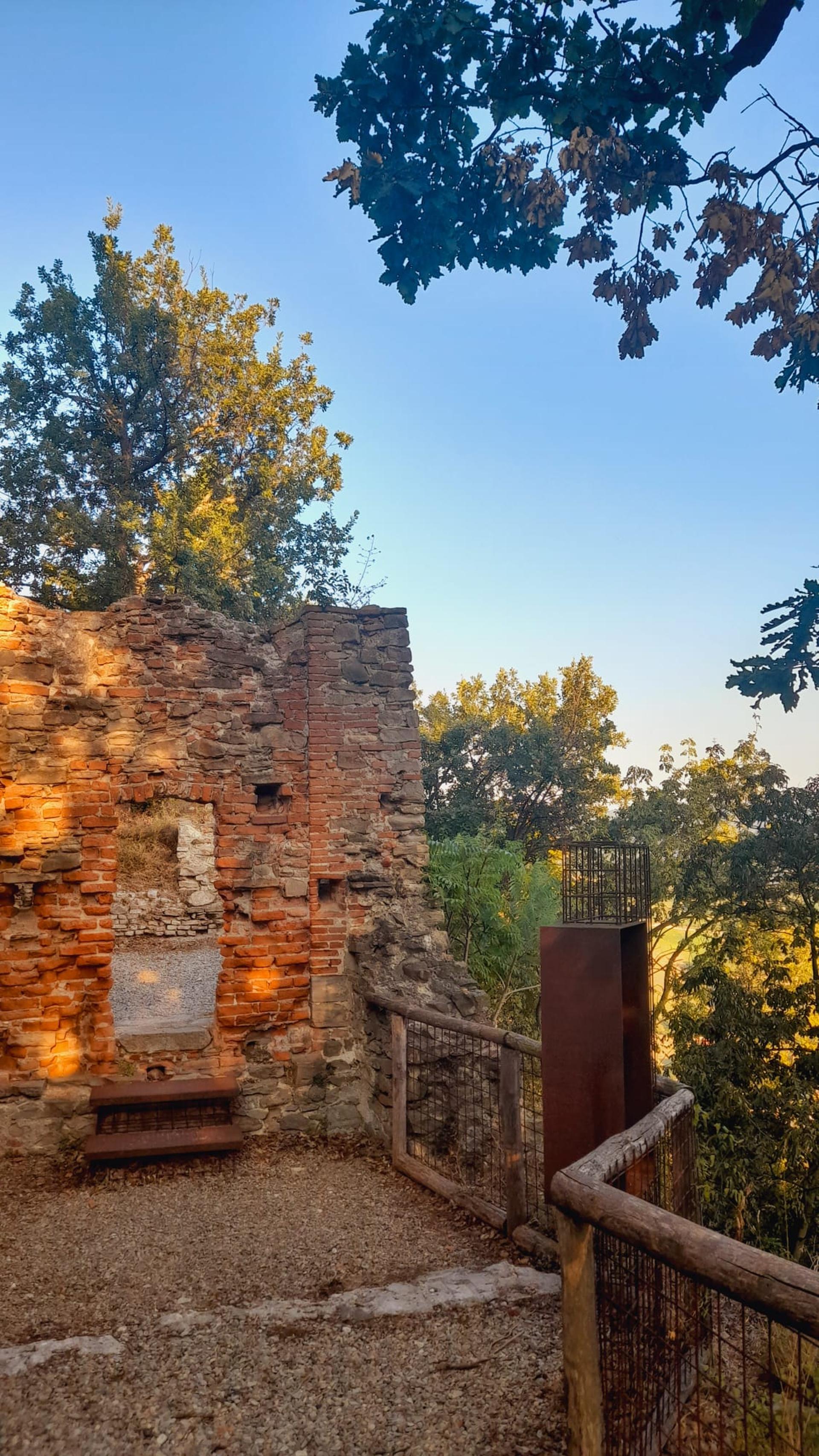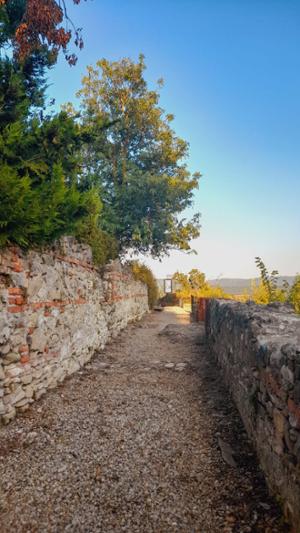
CEVA, VALLI MONGIA E CEVETTA LANGA CEBANA
- Home
- The Territory, our home - Visit Cuneese
- THE FORT OF CEVA
THE FORT OF CEVA
A Stronghold of History, Legends and Breathtaking Views
Perched on the hill overlooking the town, the Fort of Ceva dominates the Cebano landscape with its evocative and memory-laden ruins. Once a strategic bastion of the Duchy of Savoy, it is now a place of discovery and contemplation, where history and nature meet, and where the ancient stones recount tales of war, resistance and devotion. The Fort is open to visitors thanks to the work of the Municipality and the association Itur, which handles its opening and tourist reception.
Opening Hours 2025
From May to the end of September 2025, every Sunday and on holidays, guides take visitors along a route through ramparts, galleries, and symbolic sites, departing every hour from 10 a.m. to 5 p.m. Tours, suitable for all ages, last about an hour and offer an immersive look at the site's history and architecture.
Before leaving, remember to check the opening through the contacts provided in the description.







Discover
more
The Fort can be easily reached on foot from the historic center of Ceva via a panoramic path that gently ascends through greenery. It is an ideal destination for day trips, school outings or simply for those who wish to immerse themselves in the quiet of a place full of atmosphere. Here, among ancient stones and suspended silences, the past still seems alive, ready to speak to those who know how to listen.
Its origins date back to the 16th century, during a period of turbulent conflicts between France and the House of Savoy. Some sources attribute the initial construction to Duke Charles III, as an attempt to halt the French advance into Piedmont. Other historians claim that it was the French themselves who began building the fort in 1553 after capturing Ceva. Archival records confirm the presence of a stable military structure by 1555, though some fortifications may date back even earlier, possibly to 1542. After the Peace of Cateau-Cambrésis in 1559, Duke Emmanuel Philibert gave renewed impetus to the construction of the fortress, integrating it into a broader strategy of defensive strengthening. According to tradition, during the excavation works, a statue of the Virgin Mary was found. This “Madonna of the Fort” soon became a beloved object of popular devotion, considered the spiritual protector of the garrison and the town. In the 17th century, major expansion works were undertaken, especially under Charles Emmanuel II. Plans from 1611 detail an elaborate structure including barracks, officers' quarters, a chapel, a watchtower, and numerous artillery posts. The fortress was self-sufficient, a true military village capable of housing a permanent and well-equipped garrison. Governors were carefully selected and strictly monitored, underscoring the strategic importance of the site.
However, it was in 1796 that the Fort’s history took a dramatic turn. During his first Italian campaign, Napoleon Bonaparte demanded the surrender of the Fort. Despite the determined resistance of Governor Tornafort, the signing of the Armistice of Cherasco forced the Piedmontese to cede the stronghold. In 1801, the fortress was definitively dismantled by Napoleon’s direct order. The destruction was massive: more than one hundred barrels of gunpowder were used, and simultaneous explosions brought down most of the structures.
Today, what remains are ruins full of charm—stretches of ancient walls, tunnels carved into the rock, and a lone turret that stands guard over the memory of a glorious past. Beyond its military significance, the Fort is steeped in extraordinary human stories. Among them is the tale of Bianca of Alba, known as the “good fairy of the Fort,” who cared for sick soldiers during an epidemic with courage and compassion. A plaque still honors her altruism. The Fort’s prisons once held Pietro Giannone, the famous jurist and author of the Istoria civile del Regno di Napoli, persecuted for his reformist views. And in 1706, Queen Anne of Orléans, wife of Victor Amadeus II, took refuge within these walls during the siege of Turin. The Fort of Ceva remains a powerful symbol—a place where history echoes, and where the stories of war, resistance, and humanity continue to inspire.
esempi di as xml: xml serveResource con templateId (chiave)
esempi di as json: json serveResource con templateId (chiave)
esempi di as json e siteId: json serveResource con siteid
en_US
What
to do
en_US
Experiences
No result found
en_US
Where
sleeping
en_US
Offers
en_US
Info



